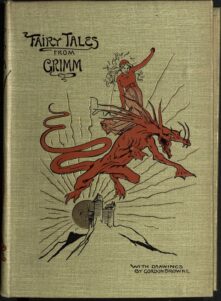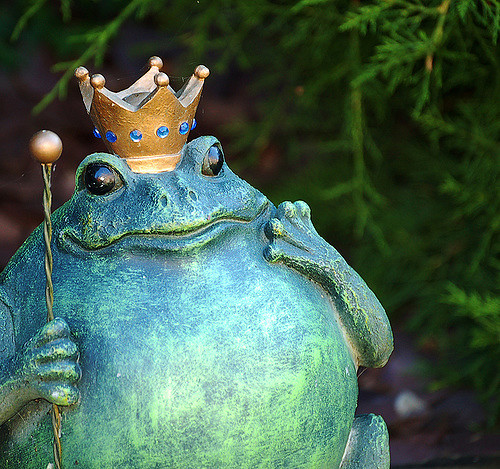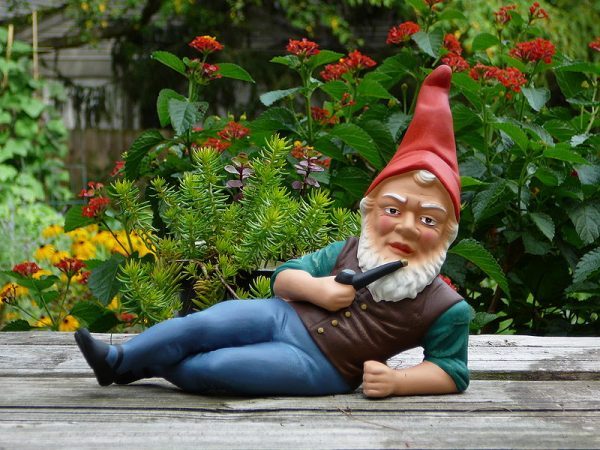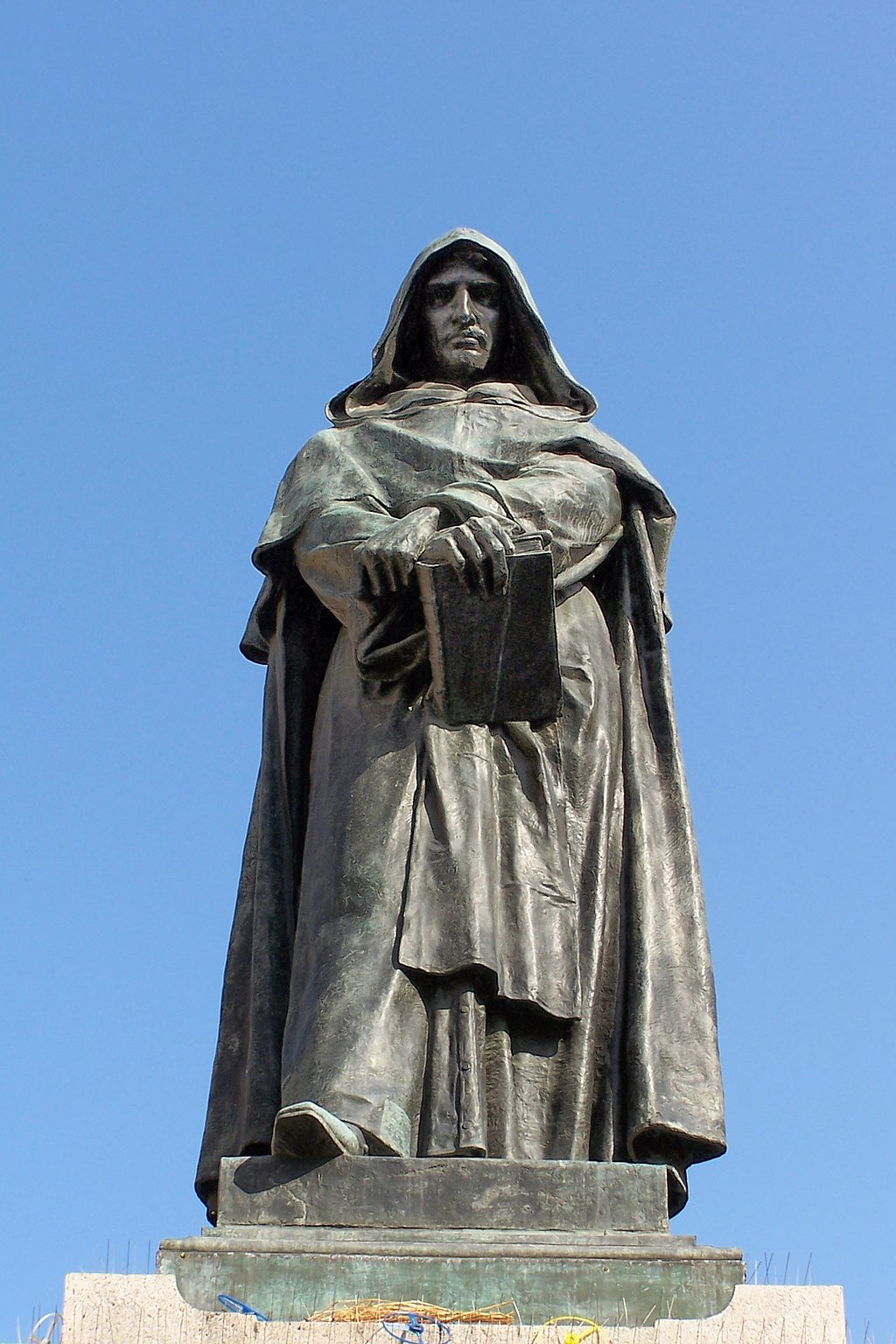The Symbolic Dimension of Grimms’ Fairy Tales
Article By Ana Luisa Lellis
posted by UK, September 8, 2023
 “Deeper meaning resides in the fairy tales told to me in my childhood than in the truth that is taught by life.” Friedrich Schiller
“Deeper meaning resides in the fairy tales told to me in my childhood than in the truth that is taught by life.” Friedrich Schiller
Over two hundred years ago, the brothers Grimm published the first edition of their “Children’s and Household Tales”.Little did they know how important their work would be and for how long it would be cherished. We all grew up listening to fairy tales. They are guides that show us something universal in human experience. They tell us we are not alone, that people have been through this before, whatever it may be.
Contrary to popular belief, Jacob and Wilhelm Grimm did not travel the land collecting tales from peasants. They were philologists and scholars who depended on an array of different informants to provide them with tales rooted in the oral tradition.
The Grimms prioritised recording tales exactly as they heard them initially. They meant to retain the “pungent and naïve flavour of the oral tradition”[1]. There are seven editions of their narratives, and in the course of the different versions they gradually started adapting the tales and making them their own. While the first edition was fairly unfiltered and uncensored, the last one was highly influenced by a sentimental moralism linked to a puritanical ideology[2]. Reading the first version of the Brothers Grimms’ Fairy Tales gives us a better doorway into the collective unconscious, as there are no misleading embellishments.
Fairy tales can be seen as a celebration of the irrational material of the human mind, they provide us with stories about the unconscious as well as ways of solving our problems. As Marie-Louise Von Franz explains, “fairy tales are the purest and simplest expression of collective unconscious psychic processes. […] They represent the archetypes in their simplest, barest, and most concise form.”[3] We can understand these tales as a repository of patterns that put us in the right direction to understand the meaning of events and situations in our lives.
Much like a dream, we can interpret a whole fairy tale as happening inside the psychological life of one person. For example, reading further into “Cinderella”, we can understand the sisters and Cinderella to be different aspects of one single person. While one part is meek and unassuming, the other part of her psyche is passive aggressive – the stepsisters’ entitlement repressed.
If we understand fairy tales as symbolic we can unlock multiple levels of meaning and emotion, as well as deep psychological content. “Beauty and the Beast” doesn’t suggest women should be patient and mould bad-tempered men, but rather that all of us should transform our own inner beast. If instead of saying we feel lonely and unappreciated, we say we feel like the ugly duckling we can convey a lot more information about what we are feeling.
Fairy tales are healing because they give us words. Through their symbolic language we can access and find unconscious themes in people’s lives. Most of us are living in a theme or a journey that we need to see reflected in outside narratives to understand more profoundly what is happening on the inside.
It is an interesting exercise to ask ourselves, what is our favourite fairy tale, what story are we living and why? Recognising what archetypes and tales are running behind our minds provides a sense of meaning and a context to understanding why certain situations and patterns repeat throughout our lives.
Recommended further reading: The Uses of Enchantment. The Meaning and Importance of Fairy Tales, by Bruno Bettelheim.
Image Credits: By VCU Libraries | Flickr | CC BY-NC-SA 2.0
Related posts:
Image References
By VCU Libraries | Flickr | CC BY-NC-SA 2.0
Permissions required for the publishing of this article have been obtained
Article References
[1] P.xx. GRIMM & ZIPES, “Introduction”. The Original Folk and Fairy Tales of the Brothers Grimm. Princeton University Press. 2014 [2] Ibidem [3] P. 1. VON FRANZ, MARIE-LOUISE. “Theories of Fairy Tales”. The Interpretation of Fairy Tales. Shambhala Boulder. 1996.



What do you think?